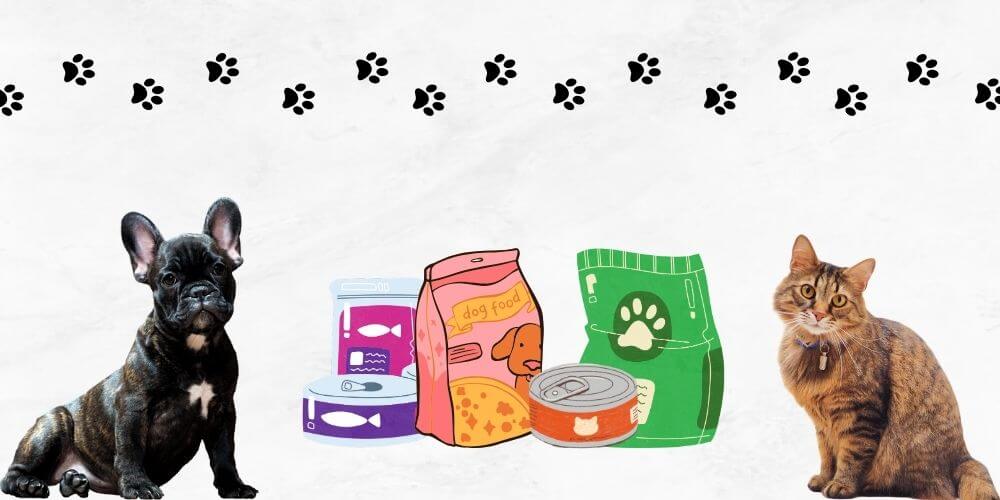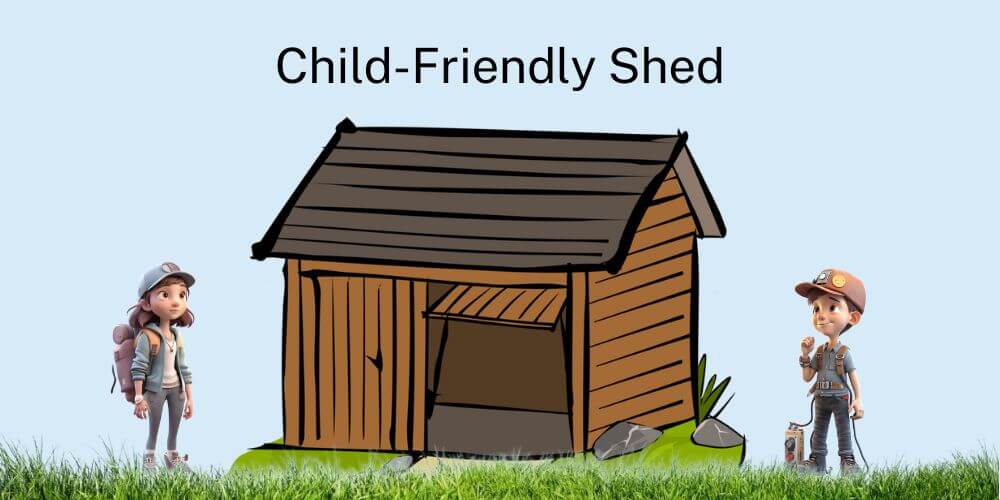Can you store pet food in your shed? Pet owners often find themselves in a dilemma when it comes to storing pet food. While a shed can be a convenient storage space for many items, including pet food, there are important considerations to keep in mind.
You can store pet food in the shed but with some important considerations.
It’s essential to understand why proper storage is crucial. Pet food can spoil, lose its nutritional value, or even become a breeding ground for pests if not stored correctly. Proper storage ensures your pet’s health and well-being.
Pet food in the shed: guidelines
In this blog post, we will explore the safety of storing pet food in your shed and provide guidelines to ensure your furry friend’s meals remain fresh and uncontaminated. So, can you safely store pet food in your shed? Let’s delve into this topic and find out.
Ideal Storage Conditions for Pet Food:
For pet food to remain safe and fresh, it should be stored in a cool, dry place. The storage area should be well-ventilated to prevent moisture buildup, which can lead to mold and spoilage. Airtight containers are often recommended to keep out pests and maintain the food’s quality. Check sheds with ventilation on Amazon.
Consider Climate and Temperature:
Sheds are typically not climate-controlled, so it’s essential to be mindful of temperature fluctuations. Extreme heat or cold can affect the quality of pet food. During hot summers, the shed’s interior temperature can rise significantly, potentially causing pet food to spoil. In colder climates, freezing temperatures might alter the texture of the food.
Use Airtight Containers:
To protect pet food from moisture, pests, and temperature fluctuations, use airtight containers. These containers help maintain the food’s freshness and prevent unwanted visitors, such as rodents and insects.
Elevate Food Containers:
Elevating pet food containers off the ground is a smart practice. This can prevent moisture from seeping into the containers and deter pests from accessing the food. Shelves or storage racks can be useful for this purpose.
Regularly Inspect the Shed:
Whether you’re storing pet food or other items in your shed, it’s crucial to perform regular inspections. Check for any signs of moisture, damage, or pest activity. Timely detection and action can prevent food contamination.
Rotate Pet Food Stock:
To ensure the freshness of pet food, rotate your stock. Use the oldest food first and place new purchases at the back of your storage area. This practice helps avoid expiration and maintains the food’s nutritional value.
Pest Control Measures:
To safeguard pet food stored in your shed, implement pest control measures. This may include using traps or natural deterrents like cedar chips. Ensure there are no entry points for pests by sealing any gaps or cracks in the shed.
Choose Quality Pet Food:
High-quality pet food often comes in more robust packaging that helps preserve its freshness. When selecting pet food, consider the packaging and opt for brands known for their durability.
Final thoughts
Storing pet food in the shed is feasible, but it comes with responsibilities. Be mindful of temperature fluctuations, use airtight containers, inspect your shed regularly, and implement pest control measures. By following these guidelines, you can ensure that your pet’s food remains fresh, safe, and ready to nourish your furry friend.
Remember, proper pet food storage is an essential part of responsible pet ownership, and it contributes to your pet’s overall well-being. So, go ahead and store pet food in your shed, but do it right!






